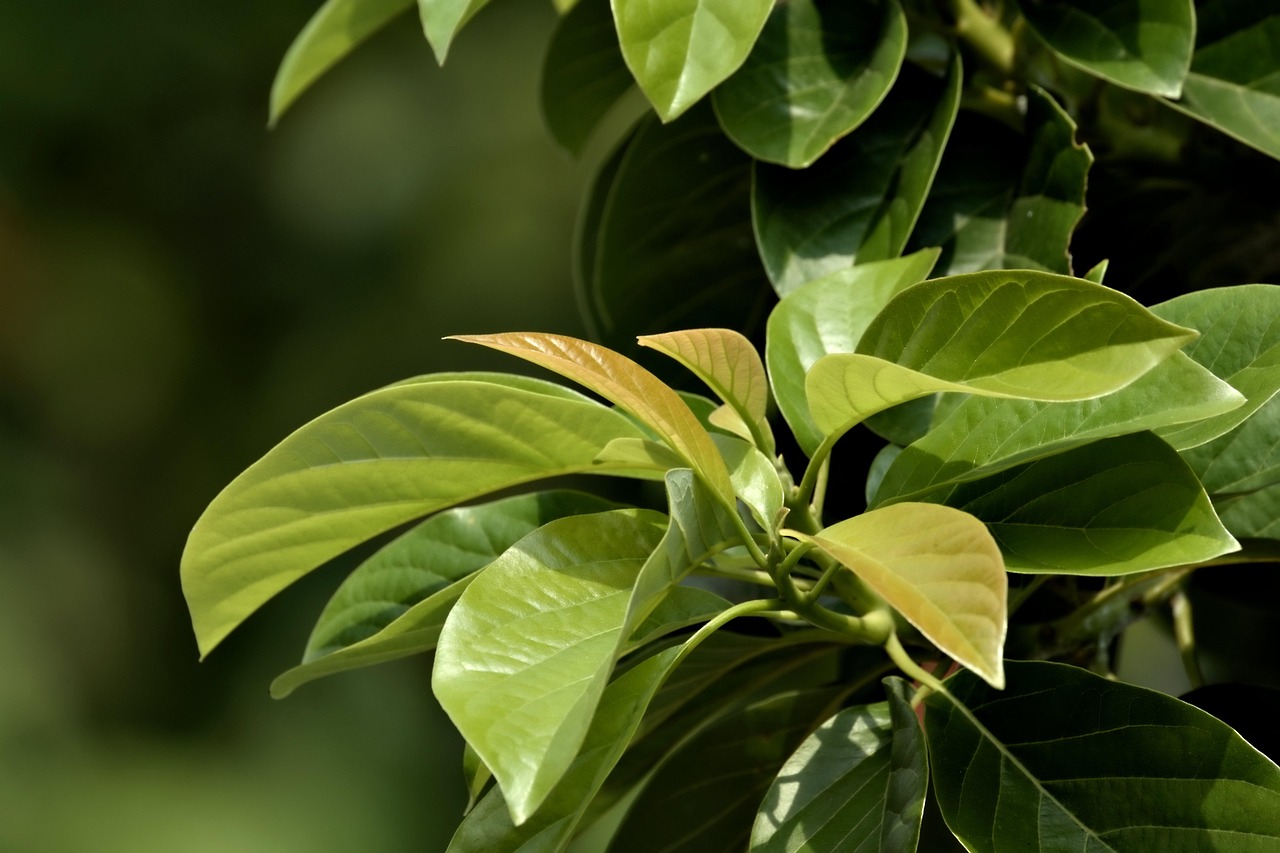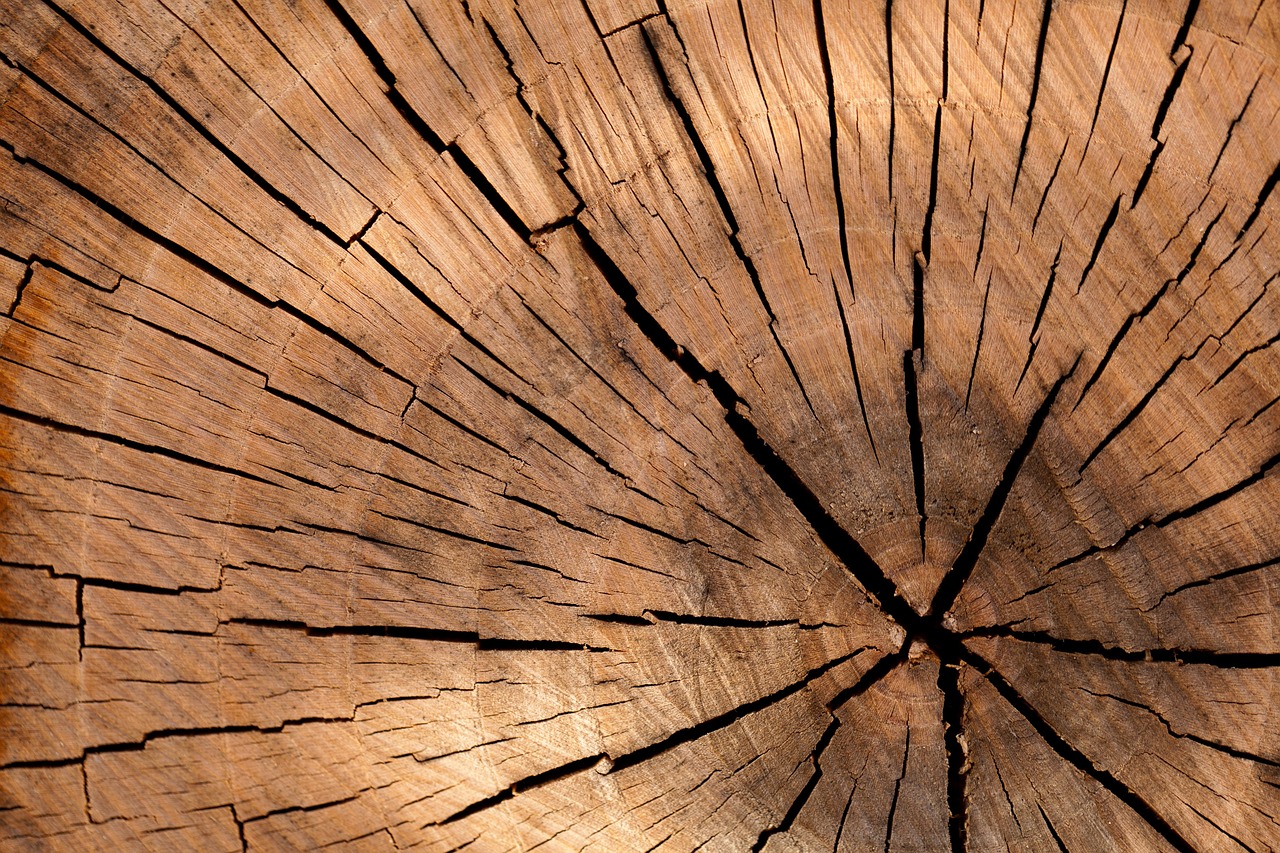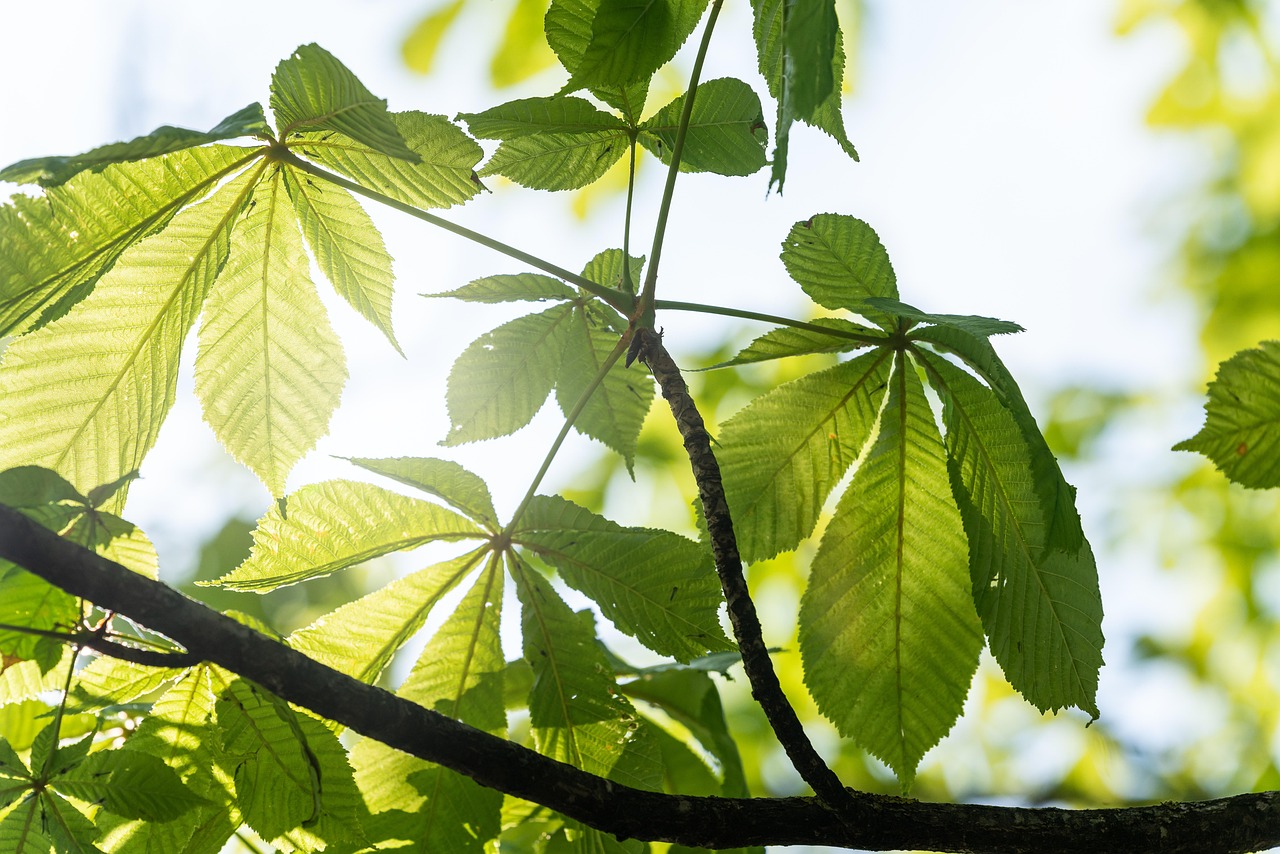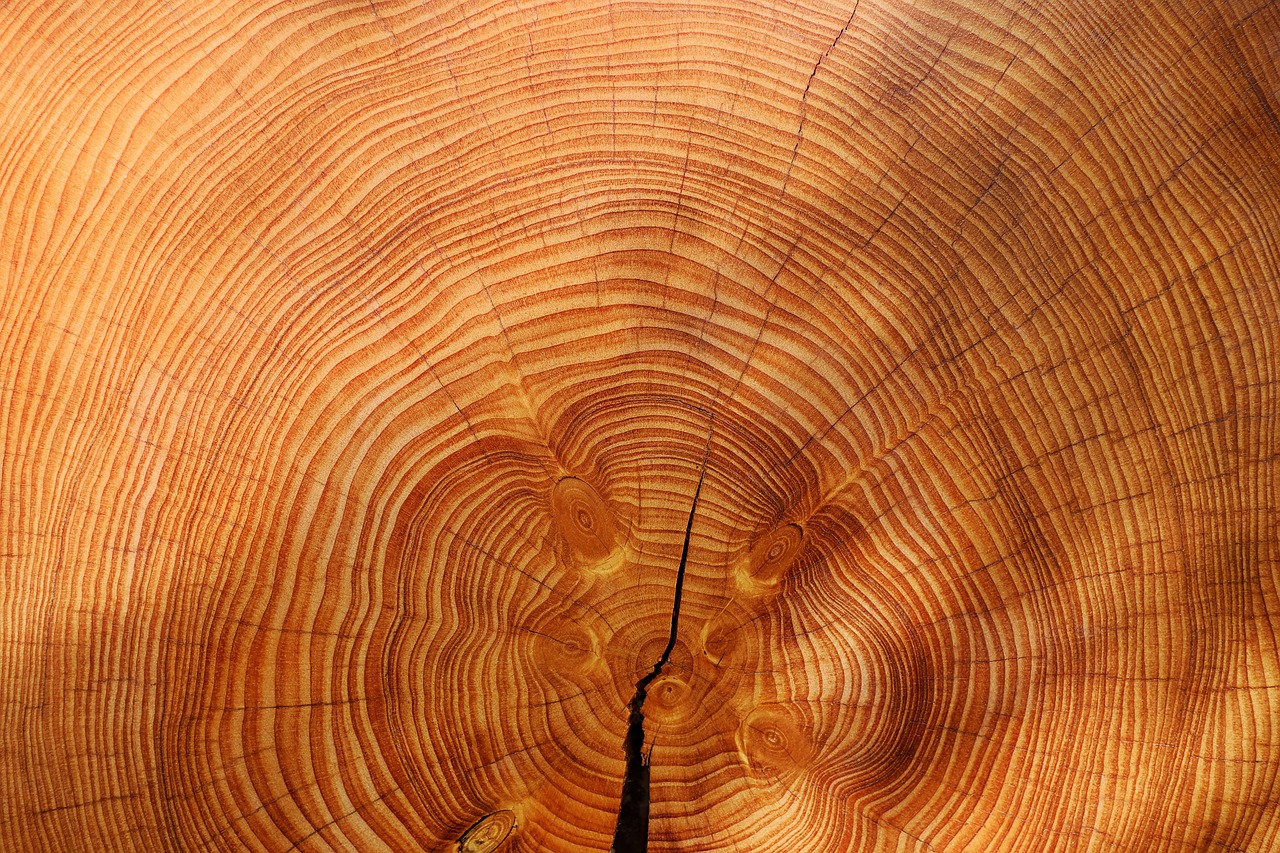Tree growth rates vary significantly by species, influencing forest management and conservation efforts. A graph showcasing these rates can simplify analysis and help identify the best species for various environmental conditions and purposes.
Understanding tree growth rates is essential for foresters, landowners, and environmentalists. Different tree species exhibit unique growth patterns influenced by factors like climate, soil type, and water availability. Knowing these rates helps in making informed decisions about tree planting, harvesting, and maintaining healthy ecosystems.

When evaluating tree growth rates, one can use a variety of metrics. The most common measures include height increment, diameter at breast height (DBH), and overall biomass accumulation. Each species grows at its own pace, leading to variations that can significantly impact forestry practices.
Factors Influencing Tree Growth Rates
Several key factors affect how quickly trees grow. Understanding these variables can enhance the effectiveness of tree management practices. Below are some primary influences:
- Species Type: Different species have inherently different growth rates. Fast-growing species like the Eastern Cottonwood can outpace slow-growing ones like the White Oak.
- Environmental Conditions: Factors such as soil fertility, water availability, and climate play a vital role in growth rates. Trees in nutrient-rich soils typically grow faster than those in poorer conditions.
- Age: Younger trees generally grow faster than older ones. As trees mature, their growth rate often slows down.
- Light Availability: Trees that receive ample sunlight tend to grow more quickly. Shade-tolerant species may not exhibit the same growth rates as those thriving in full sun.
- Pests and Diseases: Infestations or illnesses can severely affect a tree’s growth rate, causing stunted growth or even death.
By examining these factors, stakeholders can better predict how trees will perform in specific environments. This knowledge is vital when planning new plantings or managing existing forests.

Tree Growth Rate Comparison by Species
A graph illustrating tree growth rates by species allows for a direct comparison of various types. Below is a simplified table showcasing average growth rates for selected tree species:
| Tree Species | Average Height Growth (inches/year) | Average Diameter Growth (inches/year) |
|---|---|---|
| Eastern Cottonwood | 24 | 1.5 |
| Loblolly Pine | 18 | 1.0 |
| White Oak | 12 | 0.5 |
| Red Maple | 20 | 1.2 |
| Silver Birch | 16 | 0.8 |
This table provides a clear overview of how different tree species compare in terms of growth. It highlights the faster growth potential of certain species, which may be beneficial for reforestation projects or timber production.
The use of graphs to represent this data visually is particularly helpful for quick analysis. By plotting these growth rates on a graph, one can easily identify trends and make comparisons at a glance, facilitating more effective decision-making in forestry practices.

In addition to growth rate comparisons, understanding the lifespan and maturity age of each species can also play a critical role in long-term planning. Some species may reach maturity quickly but have shorter life spans, while others may take longer to mature but live for decades or even centuries.
The Importance of Analyzing Growth Rates
Analyzing tree growth rates is crucial for sustainable forestry management. It allows forest managers to determine which species to plant for optimal growth in their specific regions. Moreover, this analysis can help mitigate issues related to climate change by identifying resilient species that can thrive under changing environmental conditions.
Furthermore, understanding these dynamics aids in conservation efforts. By selecting appropriate species for restoration projects, stakeholders can enhance biodiversity and ensure healthier ecosystems that support wildlife.

The ongoing research into tree growth rates continues to evolve. Innovations in technology and data collection methods allow for more accurate assessments and predictions regarding tree growth. This knowledge is invaluable as we aim to balance economic interests with environmental stewardship.
Tree Growth Rate Measurement Techniques
Measuring tree growth rates accurately is essential for effective forestry management. Various techniques can be employed to assess these rates, each with its own advantages and disadvantages. Understanding these methods is crucial for obtaining reliable data.
Common Measurement Techniques
The following are some of the most widely used methods for measuring tree growth rates:
- Diameter at Breast Height (DBH): This method involves measuring the diameter of a tree at 4.5 feet above the ground. DBH is a standard measurement used to estimate tree volume and biomass.
- Height Measurement: Tree height can be measured using tools like clinometers or laser rangefinders. Height growth is an important indicator of overall tree health and growth.
- Increment Borers: These specialized tools allow researchers to take core samples from trees without causing significant harm. By analyzing the growth rings, scientists can determine the growth rate over time.
- Tree Growth Models: Various mathematical models can predict growth based on environmental factors, species, and age. These models are often used in combination with field measurements for enhanced accuracy.
Each technique has its specific application, and often, a combination of methods yields the most accurate results. By utilizing multiple approaches, researchers can cross-verify data and gain a more comprehensive understanding of tree growth dynamics.
The Role of Climate in Tree Growth
Climate plays a pivotal role in determining tree growth rates. Trees have specific climatic requirements that influence their performance in various regions. As global temperatures rise and weather patterns shift, understanding these relationships becomes increasingly important.
Key Climatic Factors Affecting Tree Growth
The following climatic factors significantly impact tree growth:
- Temperature: Optimal temperature ranges vary by species. For instance, tropical species thrive in warmer conditions, while temperate species may require cooler climates.
- Precipitation: Adequate rainfall is critical for tree health. Both droughts and excessive moisture can hinder growth. Trees adapted to dry conditions may excel in arid regions, while those needing more water will struggle.
- Sunlight: Light availability directly affects photosynthesis, which in turn influences growth rates. Species that flourish in shaded areas may not perform well in direct sunlight.
- Wind: Strong winds can damage trees, affecting their growth patterns. Some species develop adaptations to withstand windy conditions better than others.
Climate change has introduced new challenges for tree growth, making it essential to monitor these factors continuously. Adaptation strategies may be necessary to ensure that tree species remain viable in changing environments.
Impact of Soil Quality on Tree Growth
The quality of soil is another critical factor influencing tree growth rates. Soil composition, pH levels, and nutrient availability can significantly affect how well trees grow in a given area.
Soil Characteristics Influencing Growth
The following soil characteristics are particularly important:
- Nutrient Content: Soils rich in nitrogen, phosphorus, and potassium typically promote better growth. Trees growing in nutrient-poor soils often exhibit stunted growth and poor health.
- Soil pH: Different species have varying pH preferences. For example, some trees thrive in acidic soils, while others prefer alkaline conditions.
- Soil Texture: The proportions of sand, silt, and clay affect water retention and drainage. Well-drained soils often promote healthier root systems, enhancing growth rates.
- Organic Matter: High levels of organic matter improve soil structure and fertility. Soils rich in organic matter support beneficial microorganisms that aid in nutrient availability.
Regular soil testing can help landowners and forest managers make informed decisions about soil amendments. Ensuring optimal soil conditions can lead to enhanced growth rates and overall forest health.
Monitoring Growth Rates Over Time
Consistent monitoring of tree growth rates is crucial for understanding long-term trends and making informed management decisions. Establishing permanent plots allows researchers and managers to collect data over time.
- Permanent Growth Plots: These plots are established to monitor specific tree species over extended periods. Measurements taken at regular intervals provide valuable longitudinal data.
- Remote Sensing Technologies: Satellite imagery and aerial photography can help assess forest cover changes and tree health on a large scale. These technologies allow for efficient data collection across vast areas.
- Citizen Science Programs: Engaging the public in tree monitoring efforts can enhance data collection efforts. Local communities can contribute by measuring trees in parks or natural areas.
The integration of various monitoring techniques ensures comprehensive data collection. This information is vital for adapting management practices and understanding the impacts of environmental changes on tree species over time.
Species-Specific Growth Rate Insights
Understanding the growth rates of different tree species is vital for effective forest management and conservation efforts. Each species has unique characteristics that influence its growth patterns, making it essential to analyze these differences. This section will explore specific tree species and their average growth rates.
Fast-Growing Species
Some tree species are known for their rapid growth. These trees are often chosen for reforestation projects and timber production because they can reach maturity in a shorter time frame. Below are a few examples of fast-growing tree species:
- Eucalyptus: Known for its quick height increment, eucalyptus can grow up to 36 inches per year in ideal conditions.
- Willow: Willows can achieve growth rates of up to 24 inches per year. They are often used in riparian restoration due to their adaptability.
- Ponderosa Pine: This species can grow 18 to 24 inches annually, making it a popular choice for timberland management.
- Red Maple: With an average growth rate of 20 inches per year, red maple is favored for its beautiful fall foliage and adaptability to various soils.
Fast-growing trees can provide immediate environmental benefits, including carbon sequestration and habitat creation. However, it is essential to consider their long-term ecological impact when introducing them into new environments.
Slow-Growing Species
In contrast to fast-growing trees, slow-growing species may take decades to mature. These trees often have valuable wood and ecological roles that justify their slower growth. Examples include:
- White Oak: White oaks typically grow about 12 inches per year and can live for hundreds of years, making them significant for wildlife and timber.
- Black Walnut: Growing approximately 10 to 14 inches per year, black walnuts produce high-quality timber and nuts but require patience.
- American Chestnut: Once abundant in North America, this species grows slowly at around 10 inches per year. Restoration efforts continue despite historical challenges.
By planting slow-growing species, landowners can contribute to biodiversity and create habitats that support various wildlife species. The long-term benefits often outweigh the slower initial growth.
Regional Variations in Growth Rates
Tree growth rates can vary significantly by region due to differences in climate, soil types, and environmental conditions. Understanding these regional variations is essential for successful forestry management.
Growth Rates by Region
The following table summarizes average growth rates for selected tree species in different geographic regions:
| Region | Species | Average Height Growth (inches/year) |
|---|---|---|
| Southeast U.S. | Loblolly Pine | 24 |
| Northeast U.S. | Red Maple | 20 |
| Pacific Northwest | Douglas Fir | 30 |
| Southwest U.S. | Ponderosa Pine | 18 |
| Midwest U.S. | White Oak | 12 |
This table illustrates how specific regions favor different species based on local conditions. For instance, the Pacific Northwest’s mild climate and rich soils support the Douglas Fir’s rapid growth, while the Midwest’s conditions favor the slower-growing White Oak.
The Importance of Genetic Diversity
Genetic diversity within tree species is critical for resilience against diseases, pests, and climate change. By promoting genetic diversity, forest managers can enhance the survival and adaptability of tree populations over time.
Benefits of Genetic Diversity
- Disease Resistance: Diverse genetic pools often lead to increased resistance against specific diseases and pests, reducing the risk of widespread tree mortality.
- Adaptability: Trees with varied genetic traits are more likely to survive changing environmental conditions and adapt to new challenges.
- Ecosystem Stability: Biodiverse forests support a wider range of wildlife and contribute to overall ecosystem health, making them more resilient to disturbances.
Promoting genetic diversity can be achieved through various practices. These include selecting seeds from multiple sources, maintaining mixed-species plantings, and engaging in conservation efforts for native trees.
The Future of Tree Growth Research
The study of tree growth rates continues to evolve as researchers develop new technologies and methodologies. Advances in genetic analysis, remote sensing, and data modeling are paving the way for more precise predictions about tree performance under varying conditions.
Future research will likely focus on the following areas:
- Impact of Climate Change: Understanding how shifting temperatures and precipitation patterns affect tree growth across different species will be crucial in adapting forestry practices.
- Technological Innovations: The incorporation of drones and advanced imaging technologies can enhance monitoring capabilities, allowing for real-time assessments of tree health and growth patterns.
- Sustainable Practices: Ongoing research into sustainable forestry practices will help balance economic needs with ecological health, promoting responsible management of forest resources.
This continuous exploration will provide valuable insights into optimizing tree growth and ensuring the sustainability of forest ecosystems worldwide.
Future Directions in Tree Growth Rate Research
As the understanding of tree growth rates continues to advance, researchers are increasingly focusing on integrating ecological, technological, and socio-economic factors. This holistic approach is crucial for developing sustainable forestry practices that can withstand the challenges posed by climate change and human activities.
Collaboration and Data Sharing
Collaboration among scientists, policymakers, and land managers is vital for the advancement of tree growth research. By sharing data and findings across disciplines, stakeholders can develop more comprehensive models to predict tree growth under various environmental scenarios. This collaboration can also lead to:
- Standardized Methodologies: Establishing common protocols for measuring tree growth can enhance data comparability and reliability across different studies.
- Global Databases: Creating centralized databases can facilitate access to growth rate data from various regions, allowing researchers to analyze trends on a larger scale.
- Educational Initiatives: Training programs that educate stakeholders about tree growth dynamics can lead to better management practices and conservation efforts.
Public Engagement and Citizen Science
Engaging the public in tree growth monitoring through citizen science initiatives can significantly enhance data collection efforts. By involving local communities, researchers can gather data on tree growth rates across diverse landscapes. This engagement can lead to:
- Increased Awareness: Public participation fosters a greater understanding of forest ecosystems and the importance of tree conservation.
- Empowerment: Community members gain valuable skills in tree identification and measurement techniques, promoting a sense of ownership over local resources.
- Data Enrichment: Citizen-collected data can complement scientific research, providing insights into growth patterns in urban and rural areas alike.
Integrating Indigenous Knowledge
Indigenous communities possess a wealth of knowledge regarding local ecosystems and tree species. Integrating this knowledge into modern forestry practices can enhance understanding of tree growth dynamics. Collaboration with Indigenous peoples can lead to:
- Holistic Management Approaches: Traditional ecological knowledge often emphasizes sustainable practices that align closely with modern conservation goals.
- Culturally Relevant Restoration Efforts: Incorporating traditional species and methods can improve reforestation initiatives, benefiting both the environment and local cultures.
Final Thoughts
The analysis of tree growth rates by species provides critical insights into forest management and conservation. Understanding these rates is essential for selecting suitable species for planting, predicting timber yields, and assessing ecological health. The data gathered on growth rates informs sustainable forestry practices that balance economic needs with environmental stewardship.
As research continues to evolve, embracing technological innovations, engaging the public, and incorporating Indigenous knowledge will enrich our understanding of tree growth dynamics. This collaborative approach promises to enhance the resilience of forests in the face of climate change and other challenges.
Ultimately, the goal of analyzing tree growth rates is not just academic; it is about fostering healthier forests that provide ecological benefits while supporting economic interests. By making informed decisions based on reliable data, we can ensure that our forests thrive for generations to come.
This article has highlighted the importance of tree growth rates and their implications for forestry management. As we move forward, continued research and collaboration will be key to unlocking the full potential of forest ecosystems worldwide.
